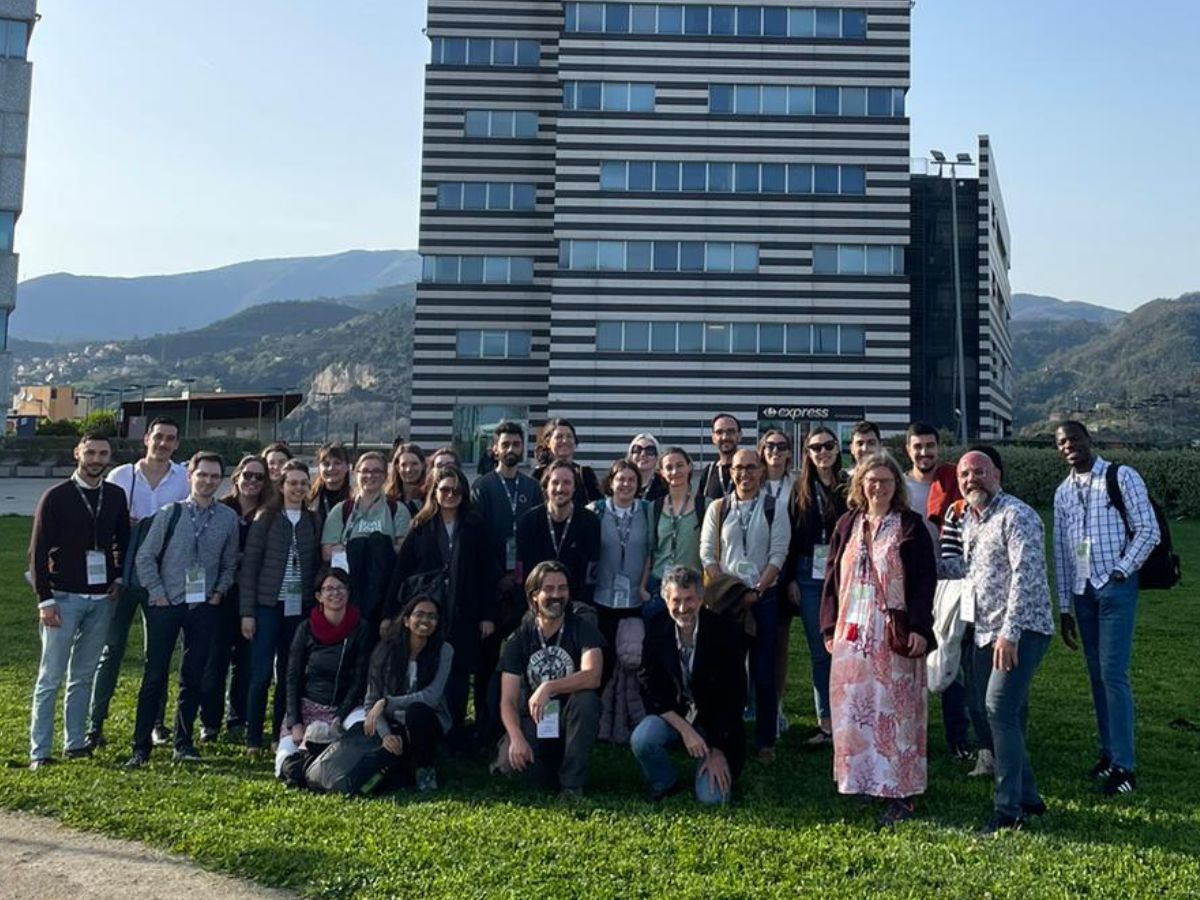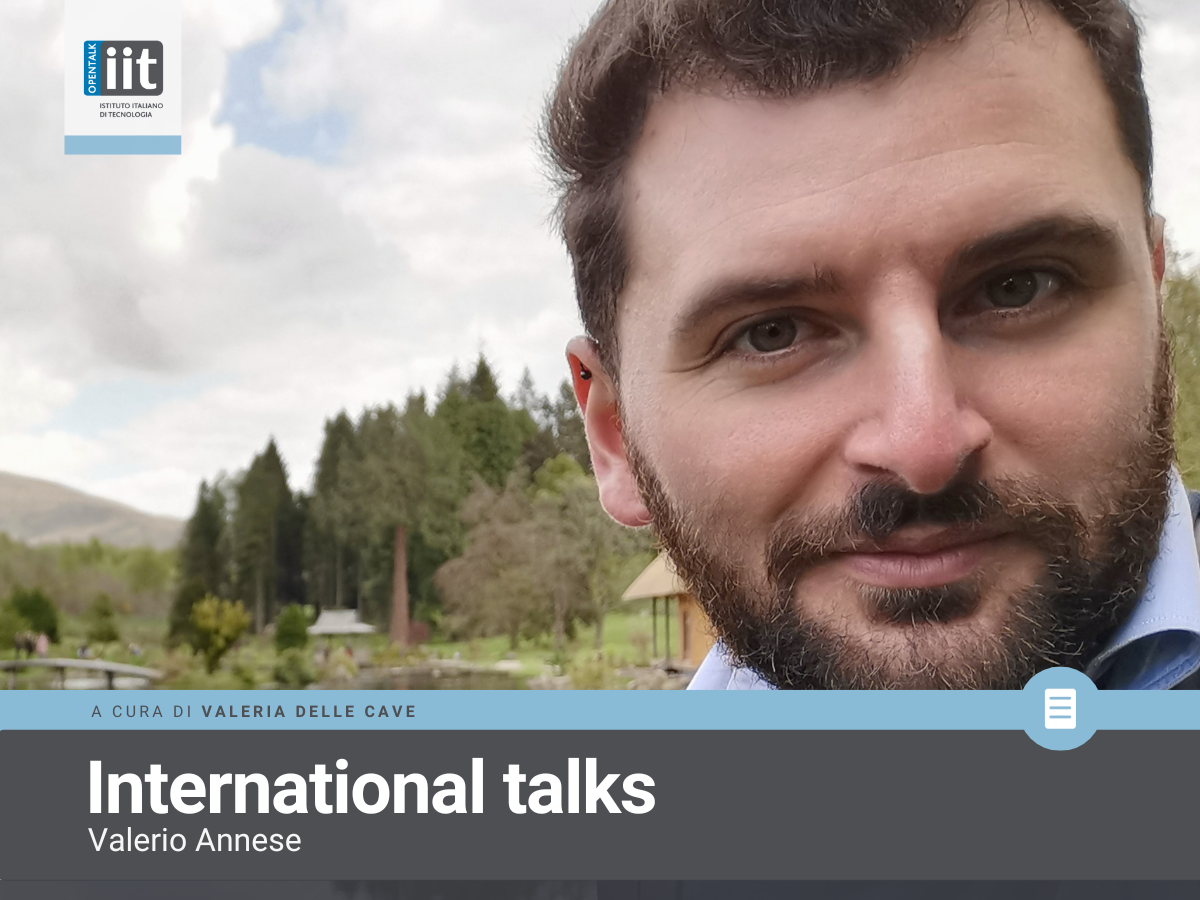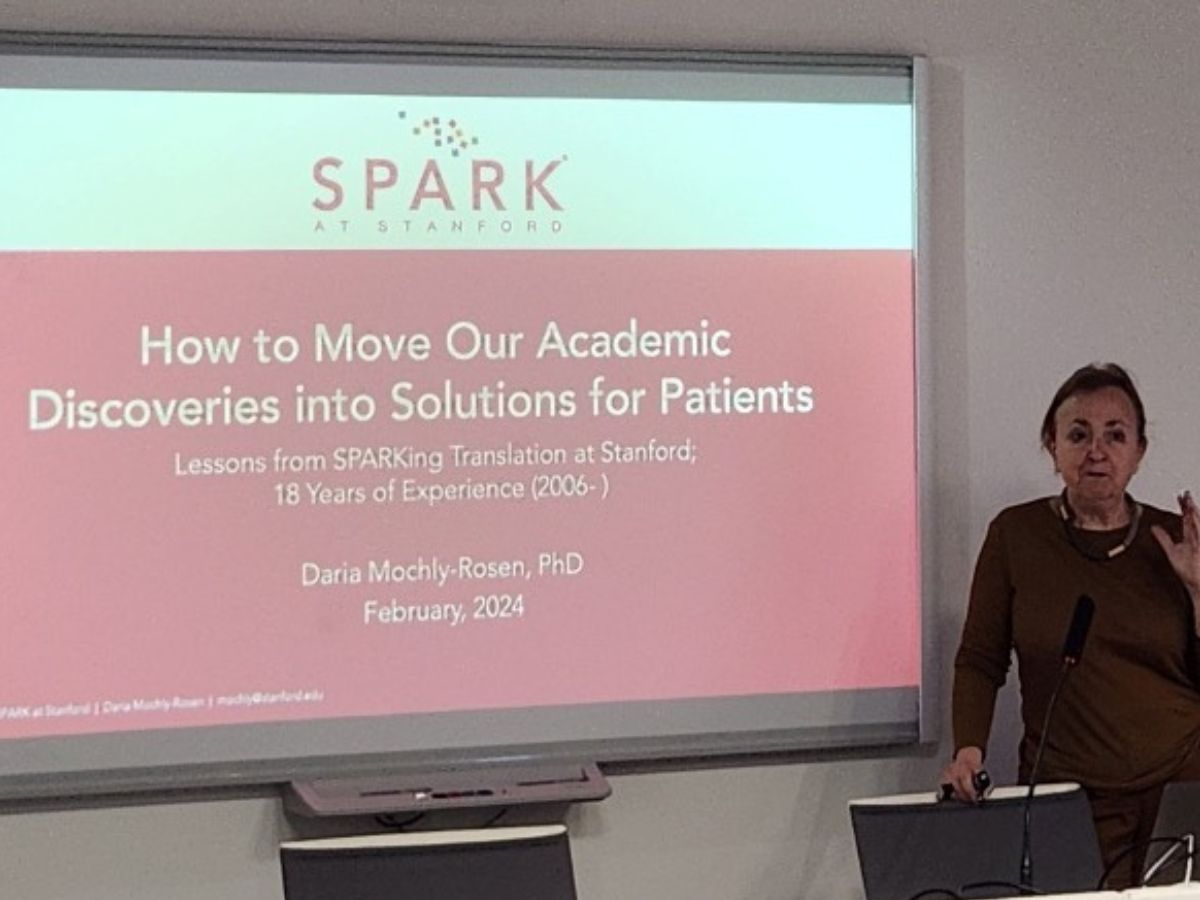Matteo Cerri, professor at the University of Bologna and research affiliate at IIT’s Genetics and Epigenetics of Behavior Lab, talks about what hibernation is and how it can help us cure new diseases and travel beyond the boundaries of the solar system.
Space exploration has made great strides in recent years, thanks in part to more accessible technology, and the time when humans will explore distant planets and start building new possible worlds seems ever closer. One of the great problems still to be tackled is space travel. In order to find out what the solutions to this unresolved issue could be, we interviewed Matteo Cerri, associate professor of Physiology at the University of Bologna, research associate at the Istituto Nazionale di Fisica Nucleare (INFN, National Institute of Nuclear Physics), affiliate researcher at IIT’s Genetics and Epigenetics of Behavior Lab, and author of popular science essays.Matteo, what do you work on?I am involved with something that usually prompts flights of imagination: hibernation. More specifically, I study the mechanisms that cause hibernation – or torpor, in technical terms. Understanding the mechanisms behind this process could open up many paths for devising new treatments for as yet incurable diseases, but it could also enable us, using artificially-induced hibernation, to move beyond the boundaries of our solar system, travelling into space.What do you think about the latest developments in the field of space exploration?I am very optimistic about space exploration. Over the last few years, the cost of access to the technology enabling us to travel in space has decreased considerably. Many space companies and agencies have sprung up even in relatively small countries, and they can make an active contribution to technological developments in this field. In a way, the exploration of space is a natural step forwards for mankind. It is only logical that we look for somewhere else to go, a plan B for mankind. Our species has now become highly invasive; considering the massive rise in population and man’s impact on our planet, it is not surprising that we are thinking of looking for opportunities elsewhere. This has widespread effects, technologically, socially and economically. Watching the last landing on Mars, I was thinking that NASA has been on the Red Planet since 1997, so we’ve been sending robots to Martian soil for 20 years. Today we just have to find a way to take humans there.Will we go to Mars while sleeping?That is one possibility, and it would probably also be the easiest way of reaching the Red Planet. However, the journey would not necessarily require us to go into hibernation because the distance is not unreasonable, it would be an approximately nine-month trip, and the complete mission would last two and a half years. The real problem is the radiation to which we would be subjected during the journey, to the point that, even in the case of a relatively close planet like Mars, some people suggest that it would be better to think of one-way trips, in order to avoid the double dose of radiation that would be endured with the return trip. Today, there are no affordable or feasible technological solutions to this problem. In this case, hibernation could help, not just in terms of the time involved, but also because it guarantees a high level of biological resistance to the damage caused by radiation; mechanisms that protect cells from this damage could also be exploited, with methods including pharmacological treatment. The only other real alternative is to have much faster engines. If we could get to Mars in a fortnight, of course the problem would not arise, but at that point we could go much further!How does the hibernation mechanism work?This is still a mystery, and the mechanism by which animals go into hibernation is not understood. Hibernation is not a process of freezing but, as far as we know, it is a prolonged ‘shutdown’ that allows animals such as dormice, bears or squirrels to survive virtually without food and water, consuming very little oxygen. This state is also described by more generic terms such as winter lethargy or torpor. It is a kind of stand-by state, like that of a TV. Recently, thanks in part to the work performed by my team and I, we have begun to understand more about this mechanism, and we have realised that it begins in the brain, where we have identified a group of neurons that could be considered as the ‘switch’ that triggers a cascade of physiological adaptations that lead to the hibernating organism functioning differently. We have also seen that this cascade process can be initiated by a small group of neurons in the brain stem. This ‘switch’ does not initiate the complete hibernation process but a very similar physiological state – we have called it ‘synthetic torpor’ – which is sufficient to enable us to perform further studies aimed at understanding this natural process.How far are we from sending a “hibernated” animal into space?It is simply a question of intentions. For some time, I have been asking Space Agencies to send a spontaneously hibernating animal, such as a squirrel, into space in order to see whether, after a period of hibernation while in space, these animals could retain their muscle tone, differently to what happens to humans. After months of almost complete immobility, a squirrel wakes up and walks. It would be interesting to see whether it would be microgravity or the hibernation process that wins the day.What do you think about research in Italy?Italian research has the greatest raw material that the world is looking for: researchers. I think that Italian universities manage to train people of the highest calibre, but they have a big ball and chain: bureaucracy. In this respect, the IIT model is a step forward, in part because of the integration between the various researchers and laboratories. The academic world should follow the example of this model: it would be possible to manage the (limited) funds available more effectively and achieve better results. In normal times, without a pandemic under way, it would be interesting to do an experiment: invest a large amount of non-competitive funds for 10 years, a decade of research, during which total freedom in the management of those funds would be granted. Perhaps there would be some waste, but it could possibly unblock the static situation afflicting the academic world in Italy, in the same way as a defibrillator enables the heart to restart.
TEDx by Matteo Cerri: https://youtu.be/oqyf_fp9UukMatteo Cerri’s website: https://cerriblog.com





